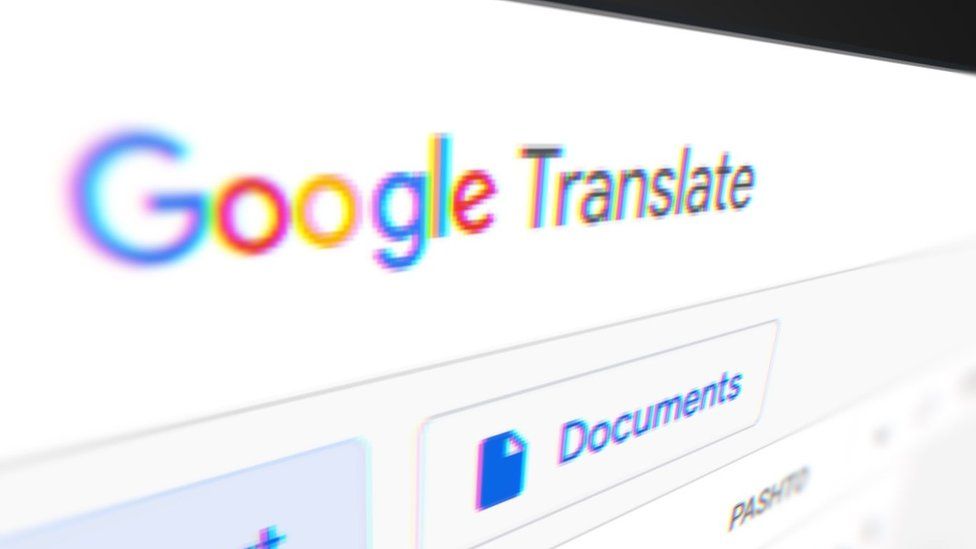Google Translate has added 24 more languages to its database, bringing the total number of languages it can interpret to 133.
To encourage more non-English speakers to use the internet, Google Translate has introduced 24 more languages. Although the new languages included those spoken in several African countries, none of the Nigerian languages was listed.
The company listed 300 million people who speak languages native to Africa, India, and the Americas. Ghana, Togo, Sierra Leone, Mali, South Africa, Eritrea, South Sudan, Ethiopia, Kenya, Rwanda, Namibia, Uganda, and Zimbabwe are among the new African languages on the list.
Must Read: Google Docs Adds New Features for Easier Project Management
According to Google, over 300 million people speak the newly added languages, including Mizo, which 800,000 people speak in India’s far northeast, and Lingala, which over 45 million people speak in Central Africa. For the first time in Translate, indigenous languages of the Americas (Quechua, Guarani, and Aymara) and an English dialect (Sierra Leonean Krio) have been introduced.

“For years, Google Translate has helped break down language barriers and link communities worldwide,” Google stated in a blog post announcing the new features. And we want to make it feasible for even more people, particularly those whose languages aren’t supported by most technologies. As a result, we’ve added 24 new languages to Translate today, bringing the total number of languages supported to 133.
Must Read: Google’s Equiano Subsea Cable arrives in Nigeria
“We’re grateful to the many native speakers, professors, and linguists who collaborated on this newest version and inspired us with their energy and passion.” Contribute evaluations or translations through Translate Contribute if you wish to help us support your language in a future release,” it said.
Here’s a complete list of the new languages now available on Google Translate:
- Assamese, is used by about 25 million people in Northeast India
- Aymara, used by about two million people in Bolivia, Chile, and Peru
- Bambara, used by about 14 million people in Mali
- Bhojpuri, used by about 50 million people in northern India, Nepal, and Fiji
- Dhivehi, used by about 300,000 people in the Maldives
- Dogri, used by about three million people in northern India
- Ewe, used by about seven million people in Ghana and Togo
- Guarani, is used by about seven million people in Paraguay and Bolivia, Argentina, and Brazil
- Ilocano, used by about 10 million people in the northern Philippines
- Konkani, used by about two million people in Central India
- Krio, is used by about four million people in Sierra Leone
- Kurdish (Sorani), is used by about eight million people, mostly in Iraq
- Lingala, is used by about 45 million people in the Democratic Republic of the Congo, Republic of the Congo, Central African Republic, Angola, and the Republic of South Sudan
- Luganda, used by about 20 million people in Uganda and Rwanda
- Maithili, used by about 34 million people in northern India
- Meiteilon (Manipuri), used by about two million people in Northeast India
- Mizo, used by about 830,000 people in Northeast India
- Oromo, is used by about 37 million people in Ethiopia and Kenya
- Quechua, is used by about 10 million people in Peru, Bolivia, Ecuador, and surrounding countries
- Sanskrit, is used by about 20,000 people in India
- Sepedi, used by about 14 million people in South Africa
- Tigrinya, used by about eight million people in Eritrea and Ethiopia
- Tsonga, is used by about seven million people in Eswatini, Mozambique, South Africa, and Zimbabwe
- Twi, is used by about 11 million people in Ghana



